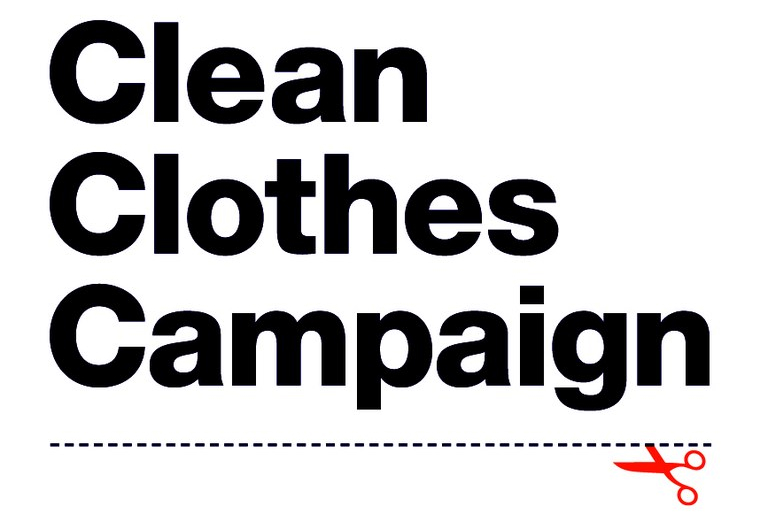Unclear supply chains
Transparency across supply chains is vital to ensuring that workers rights are respected. Although transparency in general has increased after years of concerted effort from the CCC network, the kind of information brands release about the manufacturing of their products is still sorely lacking.
Visit our campaign page to read more about #GoTransparent
The problem
Almost no fashion brand owns factories any more. The business model is one of contracting out: a brand places an order at a supplier, who then often subcontracts this out even further.
Yet, when garment workers face problems, it is often the garment brands that can (and should) use their influence. Brands also recognize this; they have elaborate Codes of Conduct that should, in theory, make sure that no human rights violations occur. As we all know, this is far from the case. From poverty wages to unsafe factories to union busting, all kinds of violations are endemic within the global garment industry.
Therefore it is vital that workers, worker rights advocates and others have accurate information on what brand produces where.
Of course, transparency alone does not resolve in improved working conditions, higher wages or accountability. But transparency is a necessary precondition to effectively campaign for those other goals.
Consumers are also demanding answers; in a world that is ever more connected, they deserve an answer when they ask #WhoMadeMyClothes
What we do
CCC has been advocating for more transparency for years. We join forces with other organisations, and lobby both brands and policy makers to take meaningful steps. Some of our activities:
- Together with eight other partners, we form the Transparency Pledge Coalition. This coalition is pushing brands to commit to the Transparency Pledge, a minimum standard for supply chain disclosure.
- We are on the board of the Open Apparel Registry, an open source tool which maps garment facilities worldwide.
- We advocate for transparency to become a mandatory part of Multi Stakeholder Initiative membership requirements, and for any form of meaningful certification schemes.
- We have directly campaigned on the streets, in front of high street stores.
With success! The narrative around transparency has changed. Only a few years ago, almost no brands disclosed their supply chain. Now, a large number of major brands do.
More work needs to be done. Some brands have made no effort at all, and the growing online marketplaces bring new challenges. Yet, under the UN guiding principles, all brands and retailers will have to do their due diligence, of which transparency is a necessary part.
Background
The garment and footwear industry stretches around the world. Clothes and shoes sold in stores in the US, Canada, Europe, and other parts of the world typically travel across the globe. They are cut and stitched in factories in Asia, Eastern Europe, Latin America, or other regions. Factory workers in Bangladesh or Romania could have made clothes only weeks ago that consumers elsewhere are eagerly picking up.
When global supply chains are opaque, consumers often lack meaningful information about where their apparel was made. A T-shirt label might say “Made in China,” but in which of the country’s thousands of factories was this garment made? And under what conditions for workers?
In and of itself, knowing where a piece of clothing was made will not tell you under what circumstances. Yet it is a vital instrument for when human rights violations occur. Workers and worker rights advocates can determine much more quickly which brands produce there and start engaging these brands to rectify the situation. And of course knowing where these factories are in the first place is essential for any kind of meaningful improvement in building safety.

